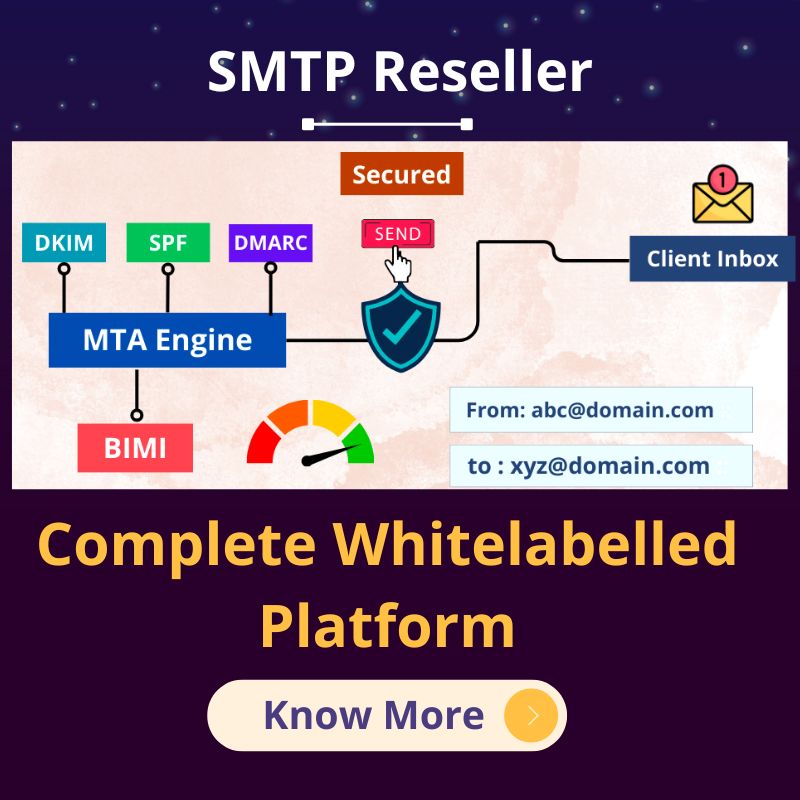Like Artificial Intelligence, predictive analytics is not a new concept. It has been around for so many years. Like AI, it has recently come to prominence due to the need for the vast amount of structured and unstructured data that every organization is producing. The article will examine how the Predictive Analytics Model helps the business to boost Email Marketing campaigns.
What is Predictive Analytics?
Predictive Analytics surrounded by a variety of statistical techniques from data mining, predictive learning, and machine learning using historical data to predict events. In other words, it uses historical data of humans to predict it’s future action. It has received a lot of attention in recent years due to advancing in supporting technology, particularly in areas of big data and machine learning. For a better understanding of the customers, you can use Predictive Analytics (PA). Once you know what attracts the customer or what he searches then you tailor the message to individual needs directly.
Predictive Analytics Model boost email marketing campaigns
1. Customer segmentation: predictive analysis broadly classifies your audience into three categories:
- Customers segmented by differences in behavioral patterns.
- Customers categorized based on their liking to products and services, and
- A customer that is brand conscious and desire lasting relationships with your company.
These Algorithms note behavioral patterns like the frequency of visits, points of dissatisfaction, which attracts visitors the most, the time they spent on your content, and seasonal variation in buying behavior. The product and brand-related interaction tell you a great deal about what attracts or repels visitors the most.
2. Customer engagement: predicting the probability of the customer engaging the brand in the future
- The chances of the customer clicking your link in the email: This helps you decide what to send and which information withholds.
- The likelihood of the customer buying the product: If it’s a first buyer, you need detailed messaging that informs and nurtures the relationship. A repeat visitor would find special offers and discounts more appealing.
- The possibility of customers unsubscribing from you: An algorithm can automatically suggest an upgraded offer or else different email frequency.
3. Customer retention: maximizing revenues for cross-selling or upselling products
Every sale comes bundled with offers upgrading to better models or cross-selling similar products so that it creates opportunities for expanding sales and boosting revenue. This Predictive Analytics model is useful in deciding the right products, making the right links, and thus addressing the right recommendations through emails. However the most successful are those that respond correctly to the unique interest of customers evidence by individual behavior. But Amazon is far from perfect. Thus email marketers can actually learn from the world’s number one retailer. It goes above and beyond in retaining customers after the first buy. It studies customer profile and buying behavior what customers interested in. And, as a result, buyers see similar products that others have liked with each purchase.



